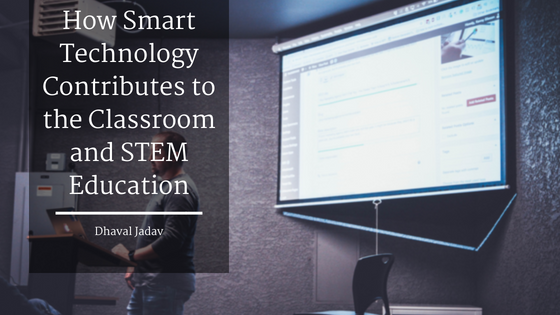In recent years, the education system has experienced a considerable number of changes and developments. The days of hard copy textbooks and handwritten notes have come to an end, as schools replace traditional learning with digital learning. Children are experiencing and mastering technologies such as iPads and smartphones in the very early developmental stages of life; often being classified as “digital natives.” The integration of smart technologies doesn’t end at home, however. Classrooms across all education levels are implementing different technological tools to enhance the student ability to transition into the tech-based world. Here are some of the ways technology contributes to classroom and STEM (science, technology, engineering, and math) education developments.
The Future of STEM
Our workforce is increasing STEM-based positions across multiple industries. From cosmetics companies to architecture, organizations are actively seeking candidates with specific skill sets that are obtained through STEM education programs. Recently, the Trump Administration announced their strategy to focus on the investment and implementation of STEM programs throughout the country. This initiative is set to increase investments and funding, offer STEM-based training and courses to instructors, and increase STEM-focused education throughout American schools.
Interactive Learning
An essential element behind the integration of STEM in schools is the development of technology inside the classroom. Smart technologies and other digital tools are being implemented across classrooms to transition out of the chalkboard phase, and into the smartboard phase. These adaptive technologies encourage an interactive and more engaging environment inside and outside the classroom. Devices like smart boards, laptops, tablets, and iPads are creating a digital learning environment that will substantially help prepare students for the tech-driven future; and schools are starting to take full advantage. In fact, many school districts are beginning to adopt 1 to 1 initiatives within the classroom, providing each student with a smart device.
Sparking an Interest
STEM fields utilize numerous technologies every day. While the tech-world is continuously evolving, so are the industries that make up our workforce. Technology has not only impacted existing industries such as engineering firms but has also created new areas of expertise, like artificial intelligence and robotics companies. Implementing technology within the classroom and developing STEM education programs can increase the likelihood of today’s generation further advancing their tech skills and entering STEM-related fields in adulthood.


Recent Comments